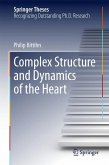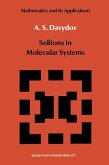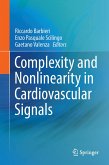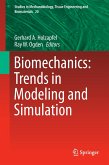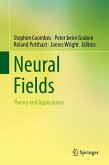This award-winning thesis investigates the mechanisms underlying cardiac arrhythmia development and termination from an entirely new perspective. By viewing the heart as a complex system, the author uses theoretical tools from nonlinear dynamics combined with numerical simulations and experiments to achieve insights into the relationship between its structure and dynamics, thereby paving the way towards innovative low-energy defibrillation strategies. The work tackles, among other things: the effect of substrate heterogeneity on the spatial-temporal dynamics of cardiac arrhythmias and ways in which weak pulsed electric fields can be used to control these dynamics in heterogeneous cardiac tissue. The long-term vision of this research is to replace the current strategy of applying painful and sometimes tissue damaging electric shock - currently the only reliable way to terminate life-threatening fibrillation - by a more subtle but equally effective intervention. The book maps out anumber of promising research directions for biophysicists and medical researchers working on the origins and treatment of cardiac arrhythmias.


